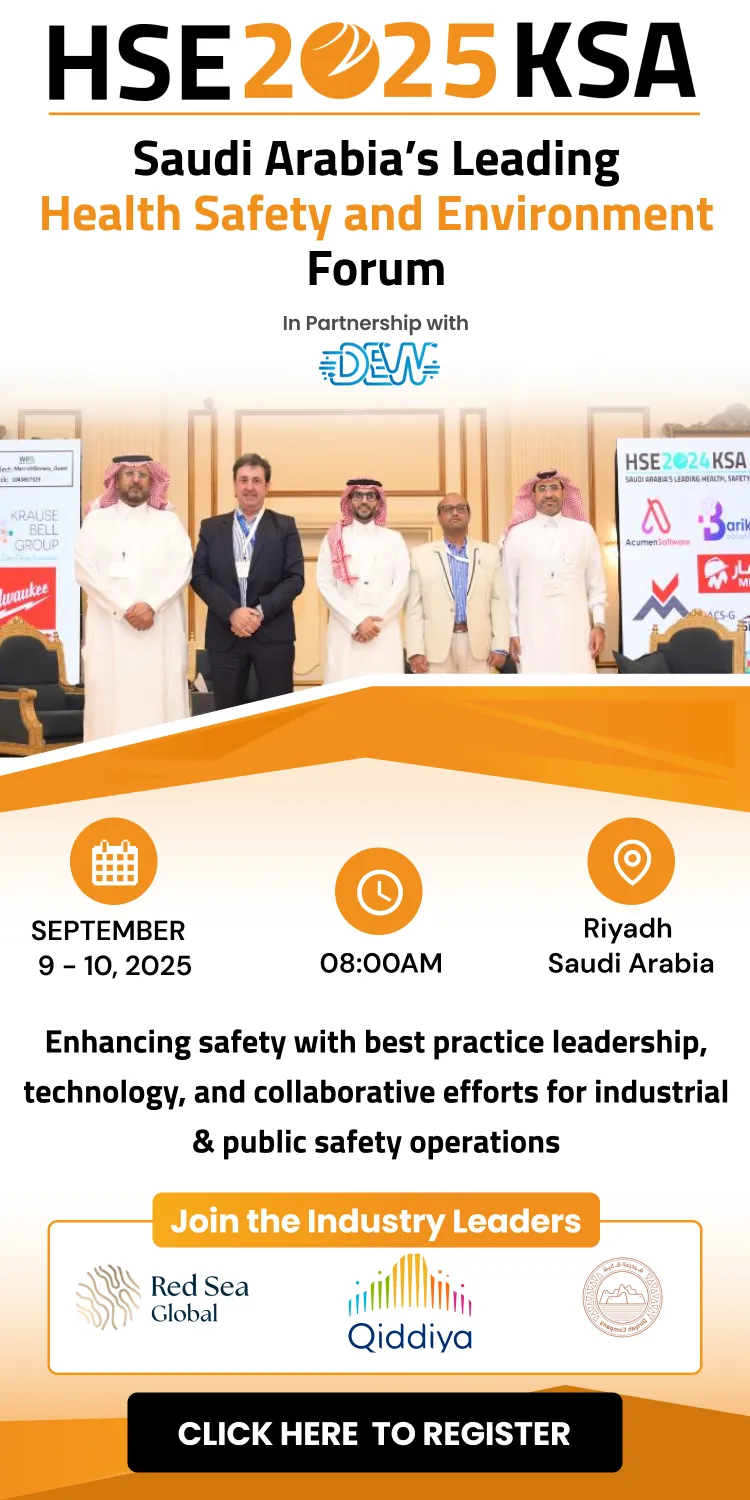At the Dubai HSE Forum, Cherian Varghese, founder and CEO, VIN Technology Systems, discussed how collision avoidance systems can save lives and improve vehicle safety on construction/mining sites and in warehouses
Accidents involving heavy vehicles and construction equipment are the leading causes of fatalities at construction sites, mostly due to blind spots and workers getting caught while backing up. These accidents, caused by man‐machine interference, account for 25-50 per cent of heavy‐equipment related accidents, according to the National Institute for Occupational Safety and Health (NIOSH).
At the Dubai HSE Forum (24-25 November 2019), Cherian Varghese, founder and CEO, VIN Technology pointed out that man-machine interaction cannot be avoided in the construction and mining industry. “Collisions arising due to blind spots are one of the key reasons of fatalities and injuries in the warehouse, construction and mining industry,” said Varghese. “Today, we have proven technologies which we can use to overcome this.”
VIN Technology Systems is a market leader in collision avoidance systems, designed to detect people and objects in blind spots, significantly reducing accidents. They detect stationary and moving objects, providing the driver with in‐cab visual and audible warnings – alerting the operator whose attention cannot be focused on all danger areas. The latest technologies such as AI, Machine learning and IoT are integrated to ensure total 360-degree safety.
Benefits of collision avoidance systems include
• Safety to operators, workers and vehicles
• Efficiency improvement
• Compatibility to all type of equipment
• Ruggedness to work in any environment from ‐20 deg C to 60 deg C
• Incident reporting which will help in preventing incidents and analysing
• Eliminates blind spots
• Proximity warning based on systems selected and settings from 3‐100 metres
• Camera systems from front/ reverse to 360 bird eye view.
Success stories
VIN has manufacturing bases in Bahrain and Saudi Arabia and is opening a UAE factory to cater to the Middle East and Africa. Among their notable successes is Saudi Aramco. “Saudi Aramco, which has a robust safety management system, has incorporated Proximity Warning Systems into their Construction Safety manual, to eliminate accidents / fatalities due to collisions, which are mostly because of blind spots,” explained Varghese. “We were one of the first few companies to manufacture these systems and first in the GCC to develop and manufacture them. We now have more than 15,000 PWAS/collision avoidance systems in Saudi Arabia, where we have been operating since 2013, with more than 70 per cent market share.”
Forklift collisions in the aisles of industrial warehouses occur frequently, with one in six workplace fatalities linked to forklifts and 20,000 injuries caused by forklifts every year. Varghese added, “Warehouses have many accidents, and these accidents cost money. Our warehouse safety system can help with aisle management, where pedestrians will hear an alarm when a forklift arrives.”
Commenting on the evolution of HSE Varghese said, “LTIs and fatalities are much reduced compared to ten years ago, but we have still much more to do. We have many technologies in our hands; we need to make the best use of these to eliminate incidents, and should not stop until we are 100 per cent incident free.”





